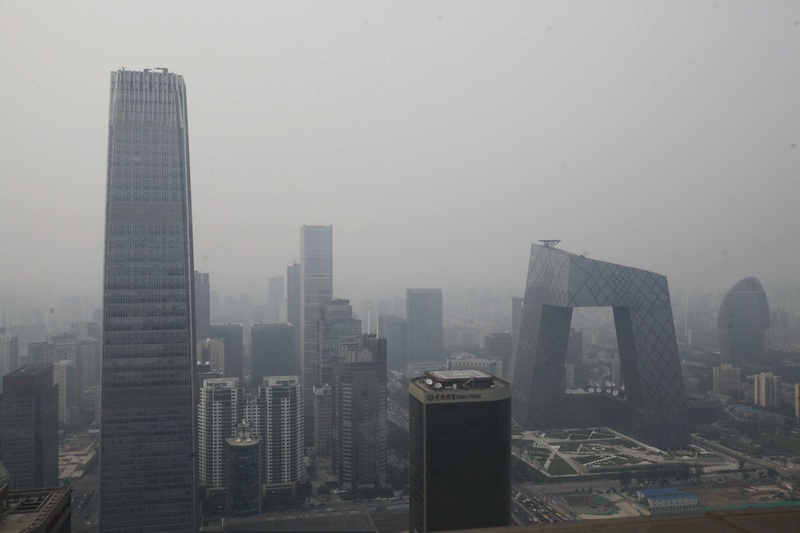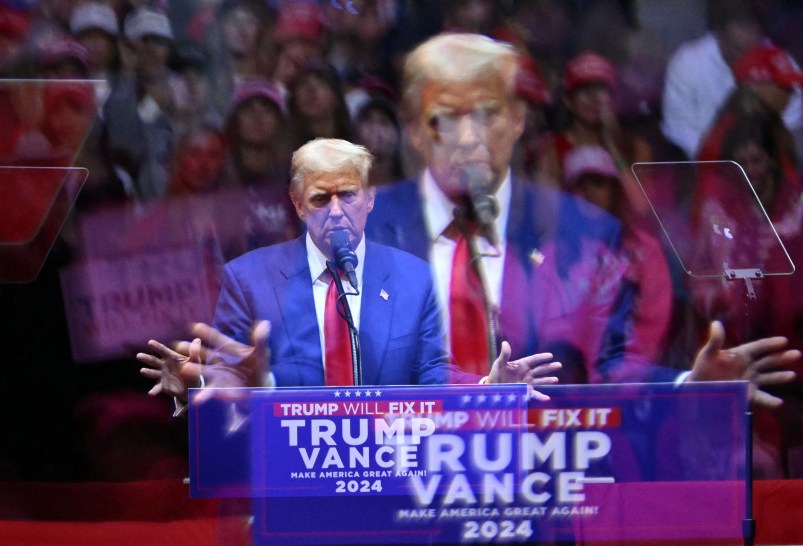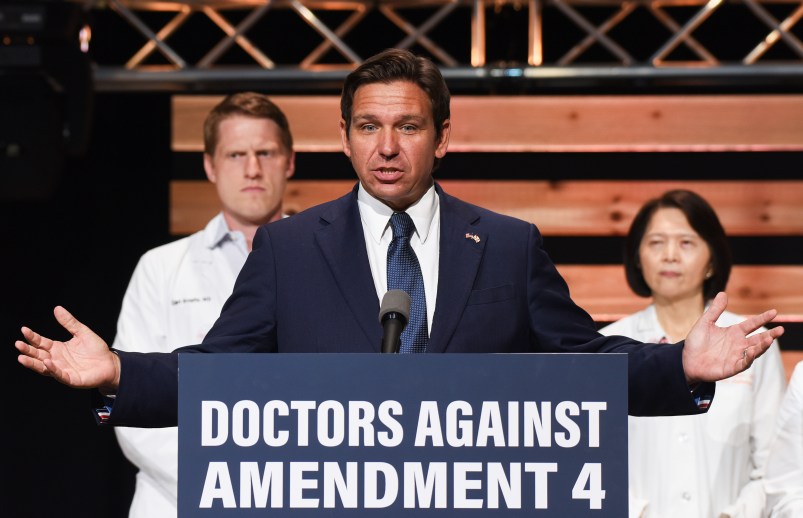In follow up to my earlier post, here are a couple of additional points.
1) A related but different argument petitioners are making about why the PSD provisions don’t apply to the regulation of greenhouse gases is that the application of the provisions would lead to absurd results. The absurd results come about because the definition of “major source” in the PSD statutory language — 100 tons per year of any air pollutant — would sweep in a huge number of small sources that Congress never intended to regulate. In order to avoid absurd results, the Court should find that the plain language of the PSD provisions doesn’t apply. Stanford Law Professor Michael Wara asked me about this argument in the comments section of my last post.
As I responded to Michael, I don’t buy the absurd results argument. Here’s why. EPA has faced other circumstances in which statutory language sweeps in a huge number of potentially very small sources. One of those provisions is the definition of “point source” under the Clean Water Act, which includes “any discernible, confined and discreet covenyance, including but not limited to any pipe, ditch, channel, tunnel, conduit, well, discrete fissue, container, rolling stock, concentrated animal feeding operation, or vessel or other floating craft, from which pollutants are or may be discharged.” In 1973 EPA attempted to exempt from this language a number of types of sources in order to keep the number of sources it was regulating to something short of absurd. Among other things, EPA argued that the language of the statute gave it power “to instruct each individual farmer on his farming practices.” In NRDC v. Costle, 568 F.2d 1369 (1977), the D.C. Circuit struck down EPA’s regulations exempting various sources because the regulations violated the plain language of the Clean Water Act. The court also suggested that EPA could “make full use of its interpretational authority” by using options to minimize its administrative burdens. These options included area-wide regulation and general permits that could be applied to small sources.
EPA has taken a similar tack in regulating stormwater pollution under the CWA, which again applies to a huge number of small sources. They have used — as have states that implement the CWA — general permits that significantly reduce the administrative burden on EPA and administering states and require no individualized permit determinations. It’s not hard to imagine EPA taking a similar approach in regulating small sources of GHGs. And Congress always has the option of amending the reach of the CAA if it doesn’t want small sources regulated. It took exactly such a tack after the NRDC v. Costle decision when in 1987 Congress amended the definition of point source to exempt “agricultural stormwater discharges and return flows from irrigated agriculture.” 33 U.S.C. 1362(14).
2) Another point worth addressing is what happens after the Supreme Court rules on whether the PSD provisions apply to greenhouse gas emissions. If the Court rules that the PSD provisions apply, then it’s possible they’ll move onto an important question addressed in the lower court opinion. Do the petitioners have standing to challenge the tailoring and timing rules EPA issued to apply the PSD provisions to large sources of greenhouse gas emissions. As I’ve explained previously, the Court of Appeals said they lack standing. The Court could review that question. If the Court were to find that petitioners have standing to challenge the rules, then presumably it would then remand the case back to the D.C. Circuit to ask it to rule on whether the tailoring and timing rules are valid under the Clean Air Act.
If the Court rules that the PSD provisions don’t apply and does so on the grounds that the provisons only apply to NAAQS pollutants (see my post from this morning), then here’s another potential wrinkle. There’s a very good argument that EPA should be regulating greenhouse gases as criteria pollutants under the NAAQS provisions (Section 108 and 109). The argument is complex but here’s the short version. EPA has already found that greenhouse gases are pollutants that endanger health and welfare. Section 108 of the CAA directs that the EPA Administrator shall, under Section 108(a) of the Act, list air pollutants:
(A) emissions of which, in his judgment, cause or contribute to air pollution which may reasonably be anticipated to endanger public health or welfare;[and]
(B) the presence of which in the ambient air results from numerous or diverse mobile or stationary sources….
EPA is sitting on a petition from the Coalition for Biological Diversity that argues that the Administrator must list greenhouse gases under Section 108. If the PSD provisions don’t apply except to NAAQS pollutants, environmental groups might well push harder on the argument that EPA has no choice but to regulate GHGs under Section 108. If greenhouse gases are, in fact, listed as criteria pollutants, a far more stringent regulatory regime would kick in, requiring all 50 states to regulate numerous sources of greenhouse gases. Wouldn’t it be ironic if industry petitioners got the Supreme Court to take a case that resulted in greenhouse gas emissions being listed under the NAAQS provision as criteria pollutants?
Carlson is the Shirley Shapiro Professor of Environmental Law and the co-Faculty Director of the Emmett Center on Climate Change and the Environment at UCLA School of Law. She contributes to the blog Legal Planet, where this post was originally published.









